Home>Furniture & Design>Bathroom Accessories>How To Support A Fiberglass Bathtub


Bathroom Accessories
How To Support A Fiberglass Bathtub
Published: February 18, 2024
Learn how to properly support a fiberglass bathtub with the right bathroom accessories. Follow these tips for a secure and long-lasting installation.
(Many of the links in this article redirect to a specific reviewed product. Your purchase of these products through affiliate links helps to generate commission for Storables.com, at no extra cost. Learn more)
Introduction
Fiberglass bathtubs are a popular choice for many homeowners due to their affordability, lightweight construction, and versatility in design. Whether you're a new homeowner or simply looking to upgrade your bathroom, understanding how to properly support and maintain a fiberglass bathtub is essential for its longevity and your overall satisfaction.
In this comprehensive guide, we will delve into the intricacies of caring for a fiberglass bathtub, including cleaning and maintenance tips, minor repair techniques, and preventive measures to ensure its durability. By the end of this article, you will have a thorough understanding of how to support and preserve the beauty and functionality of your fiberglass bathtub for years to come.
Key Takeaways:
- Proper support and regular maintenance are crucial for keeping a fiberglass bathtub in top shape. From gentle cleaning to addressing minor damage, proactive care ensures a long-lasting and beautiful bathroom fixture.
- Preventing damage is key to preserving a fiberglass bathtub. Using non-abrasive cleaners, non-slip mats, and mindful water temperature can protect the bathtub from harm and maintain its appeal for years to come.
Read more: How To Whiten A Fiberglass Bathtub
Understanding Fiberglass Bathtubs
Fiberglass bathtubs are a popular choice for homeowners due to their lightweight, durable, and affordable nature. These bathtubs are constructed from layers of fiberglass reinforced with resin, making them resistant to cracking and chipping. The smooth, non-porous surface of fiberglass bathtubs also makes them easy to clean and maintain.
One of the key advantages of fiberglass bathtubs is their versatility in design. They can be molded into various shapes and sizes, allowing for a wide range of styles to suit different bathroom aesthetics. Whether you prefer a sleek, modern look or a more traditional design, fiberglass bathtubs offer ample options to complement your bathroom decor.
Despite their many benefits, fiberglass bathtubs are not without their considerations. While they are durable, they can be prone to scratching and fading over time, especially with improper care. Additionally, fiberglass can flex under pressure, which may lead to structural issues if not properly supported during installation.
When it comes to installation, fiberglass bathtubs require adequate support to prevent flexing and ensure long-term stability. Proper support is crucial for preventing stress on the tub and potential damage to the surrounding walls and flooring. It's essential to follow manufacturer guidelines and consult with a professional to ensure the correct installation and support of your fiberglass bathtub.
Understanding the unique characteristics of fiberglass bathtubs is essential for making informed decisions about their care and maintenance. With the right knowledge and attention to detail, you can enjoy the beauty and functionality of your fiberglass bathtub for years to come.
Cleaning and Maintenance
Proper cleaning and maintenance are essential for preserving the pristine appearance and structural integrity of a fiberglass bathtub. By following a regular cleaning routine and implementing preventive maintenance measures, you can ensure that your bathtub remains in optimal condition for years to come.
Regular Cleaning
Regular cleaning is the cornerstone of fiberglass bathtub maintenance. To keep your bathtub looking its best, start by using a mild, non-abrasive cleaner specifically formulated for fiberglass surfaces. Avoid harsh or abrasive cleaners, as they can cause scratches and damage the smooth finish of the bathtub.
When cleaning the bathtub, use a soft sponge or cloth to apply the cleaner, gently scrubbing the surface to remove any dirt, soap scum, or residue. Rinse the bathtub thoroughly with water to remove the cleaner and any loosened debris. It's important to dry the bathtub after cleaning to prevent water spots and mineral buildup.
Stain Removal
Over time, fiberglass bathtubs may develop stains from hard water, soap, or other substances. To address stains, consider using a paste made from baking soda and water. Apply the paste to the stained areas, allowing it to sit for a few minutes before gently scrubbing with a soft brush or sponge. Rinse the bathtub thoroughly and dry it to reveal a refreshed, stain-free surface.
Preventing Damage
In addition to regular cleaning, there are several preventive measures you can take to protect your fiberglass bathtub from damage. Avoid using abrasive cleaning tools, such as steel wool or abrasive pads, as they can scratch the surface of the bathtub. Similarly, refrain from using harsh chemicals or solvents that can degrade the fiberglass material.
To prevent scratches and damage, place a non-slip mat or cushioned bath mat inside the bathtub when bathing. This can help minimize the impact of sharp objects and reduce the risk of accidental damage to the bathtub surface.
Maintenance Tips
Inspect the caulking around the edges of the bathtub regularly to ensure it remains intact and free from cracks or gaps. Damaged caulking can lead to water seepage, which may compromise the structural integrity of the bathtub and surrounding areas. If necessary, reapply caulking to maintain a watertight seal.
Furthermore, be mindful of the water temperature when filling the bathtub, as extremely hot water can potentially damage the fiberglass material over time. Opt for warm or lukewarm water to prevent excessive stress on the bathtub's surface.
By incorporating these cleaning and maintenance practices into your routine, you can safeguard the beauty and functionality of your fiberglass bathtub, ensuring that it remains a focal point of your bathroom for years to come.
Repairing Minor Damage
Fiberglass bathtubs, while durable, may occasionally sustain minor damage such as scratches, chips, or small cracks. Addressing these issues promptly can prevent them from worsening and preserve the overall integrity of the bathtub. Fortunately, minor damage to fiberglass bathtubs can often be repaired effectively with the right techniques.
Repairing Scratches and Chips
For minor scratches and chips, consider using a fiberglass repair kit, readily available at hardware stores or online. These kits typically contain a resin compound and hardener that can be mixed to create a durable, waterproof filler. Begin by cleaning the damaged area thoroughly to remove any dirt, debris, or residue. Once the area is clean and dry, follow the instructions provided with the repair kit to mix and apply the filler to the damaged area. Use a putty knife or applicator to smooth the filler and ensure it blends seamlessly with the surrounding surface. After allowing the filler to cure as per the manufacturer's instructions, gently sand the repaired area to achieve a smooth finish. Finally, clean the surface to remove any dust or particles, leaving the repaired area looking as good as new.
Read more: How To Repair A Hole In A Fiberglass Bathtub
Addressing Small Cracks
Small cracks in fiberglass bathtubs can be effectively repaired using a fiberglass patch kit. These kits typically include a fiberglass patch or cloth and a resin compound for reinforcing the damaged area. Begin by cleaning the cracked area and removing any loose or damaged fiberglass material. Cut the fiberglass patch to size, ensuring it adequately covers the crack with some overlap. Apply the resin to the cracked area and press the fiberglass patch firmly into place, ensuring it adheres securely. Once the resin has cured, sand the patched area to achieve a smooth finish, and clean the surface to remove any debris. The repaired crack should blend seamlessly with the surrounding surface, restoring the bathtub's structural integrity.
Seeking Professional Assistance
In some cases, minor damage to fiberglass bathtubs may require the expertise of a professional. If you are uncertain about the best approach to repair minor damage, or if the damage appears more extensive than initially thought, consulting a professional can provide peace of mind and ensure that the repairs are carried out effectively.
By addressing minor damage promptly and utilizing appropriate repair techniques, you can maintain the pristine appearance and structural soundness of your fiberglass bathtub. Regular inspection and timely repairs will contribute to the long-term durability and aesthetic appeal of your bathtub, allowing you to continue enjoying its benefits for years to come.
Preventing Damage
Preventing damage to a fiberglass bathtub is essential for maintaining its longevity and pristine appearance. By implementing proactive measures and exercising care during use, you can safeguard your bathtub from potential harm and ensure that it remains a focal point of your bathroom for years to come.
One of the primary ways to prevent damage to a fiberglass bathtub is to avoid using abrasive cleaning tools and harsh chemicals. Abrasive materials, such as steel wool or abrasive pads, can scratch the smooth surface of the bathtub, compromising its appearance and making it more susceptible to staining. Similarly, harsh chemicals and solvents can degrade the fiberglass material, leading to discoloration and structural weakening over time. By opting for mild, non-abrasive cleaners specifically formulated for fiberglass surfaces, you can effectively clean the bathtub without causing damage.
In addition to mindful cleaning practices, using a non-slip mat or cushioned bath mat inside the bathtub can help prevent scratches and damage during use. These mats provide a protective barrier between the bathtub surface and potentially abrasive objects, such as razors or hard plastic toys, reducing the risk of accidental damage. Furthermore, they can enhance safety by minimizing the likelihood of slipping or falling while bathing.
Regular inspection of the caulking around the edges of the bathtub is also crucial for preventing water seepage and potential damage. Damaged or deteriorating caulking can allow water to penetrate the surrounding areas, leading to moisture-related issues and compromising the structural integrity of the bathtub. By promptly addressing any signs of damaged caulking and reapplying a watertight seal as needed, you can prevent water damage and maintain the bathtub's overall condition.
When filling the bathtub, it's important to be mindful of the water temperature. Extremely hot water can potentially damage the fiberglass material over time, leading to warping or weakening of the surface. Opting for warm or lukewarm water not only protects the bathtub but also promotes energy efficiency by reducing the need for excessive hot water.
By incorporating these preventive measures into your routine, you can effectively safeguard your fiberglass bathtub from damage and preserve its beauty and functionality. With proactive care and attention to detail, you can enjoy the long-term benefits of a well-maintained and resilient fiberglass bathtub in your home.
Conclusion
In conclusion, supporting and maintaining a fiberglass bathtub is essential for ensuring its longevity, structural integrity, and aesthetic appeal. By understanding the unique characteristics of fiberglass bathtubs and implementing proper care and maintenance practices, homeowners can enjoy the benefits of a durable and visually appealing bathing fixture for years to come.
Throughout this guide, we have explored the intricacies of fiberglass bathtub care, from regular cleaning and stain removal to addressing minor damage and implementing preventive measures. It is evident that a proactive approach to maintenance, combined with a keen eye for potential issues, can significantly contribute to the overall condition and performance of a fiberglass bathtub.
Proper support during installation is paramount for preventing stress on the bathtub and potential damage to surrounding areas. Following manufacturer guidelines and seeking professional assistance when needed can ensure that the bathtub is adequately supported and installed, minimizing the risk of structural issues over time.
Regular cleaning and maintenance are fundamental aspects of preserving the pristine appearance and functionality of a fiberglass bathtub. By using mild, non-abrasive cleaners, addressing stains promptly, and inspecting caulking, homeowners can mitigate potential damage and maintain the bathtub's overall condition.
Addressing minor damage, such as scratches, chips, and small cracks, in a timely manner is crucial for preventing further deterioration and preserving the bathtub's structural soundness. Utilizing appropriate repair techniques or seeking professional assistance when necessary can effectively restore the bathtub's appearance and functionality.
Preventive measures, including the use of non-slip mats, mindful cleaning practices, and temperature considerations, play a vital role in safeguarding fiberglass bathtubs from potential damage. By incorporating these measures into a regular maintenance routine, homeowners can proactively protect their investment and enjoy a well-maintained bathtub for years to come.
In essence, supporting a fiberglass bathtub goes beyond its initial installation; it encompasses ongoing care, attention, and preventive measures to ensure its enduring quality. With the knowledge and insights gained from this guide, homeowners can confidently navigate the nuances of fiberglass bathtub maintenance, preserving its beauty and functionality as a centerpiece of their bathroom space.
Frequently Asked Questions about How To Support A Fiberglass Bathtub
Was this page helpful?
At Storables.com, we guarantee accurate and reliable information. Our content, validated by Expert Board Contributors, is crafted following stringent Editorial Policies. We're committed to providing you with well-researched, expert-backed insights for all your informational needs.
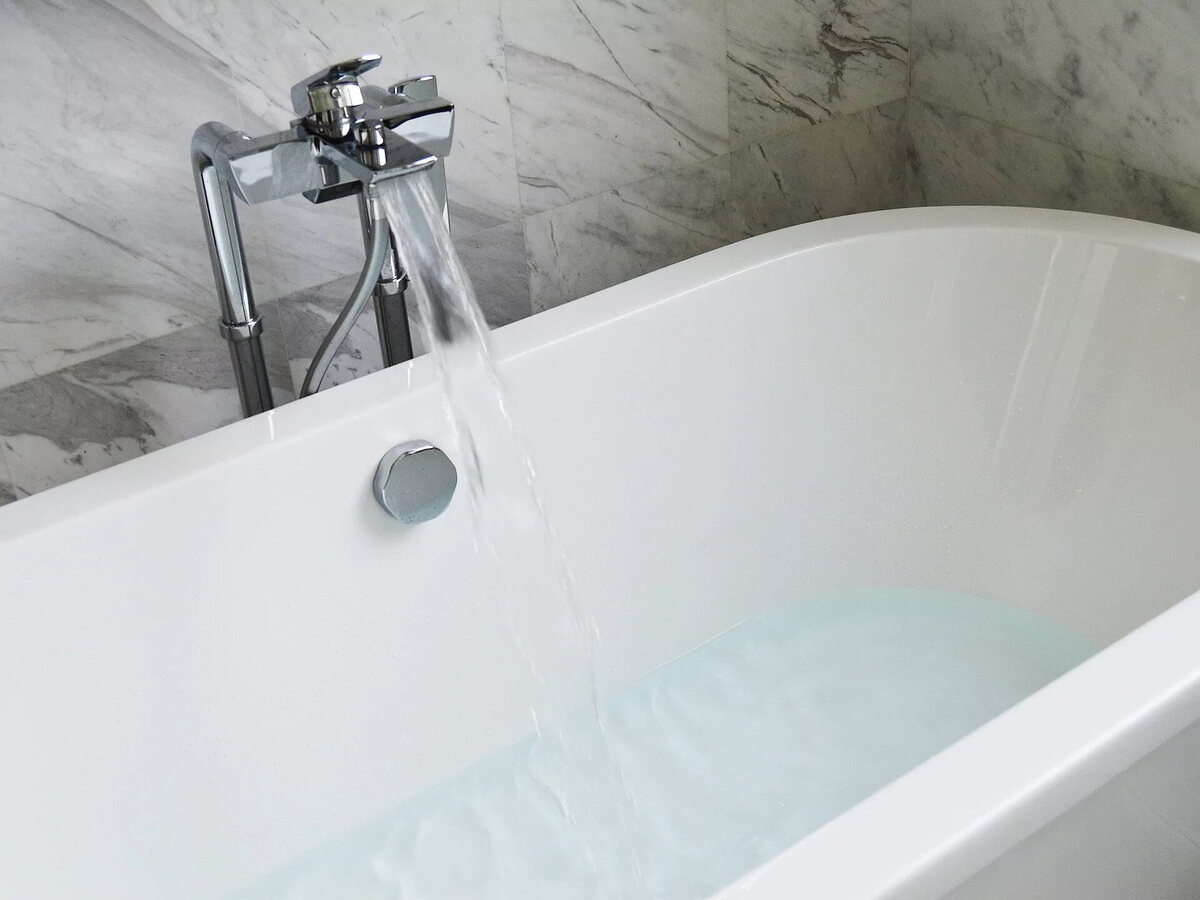
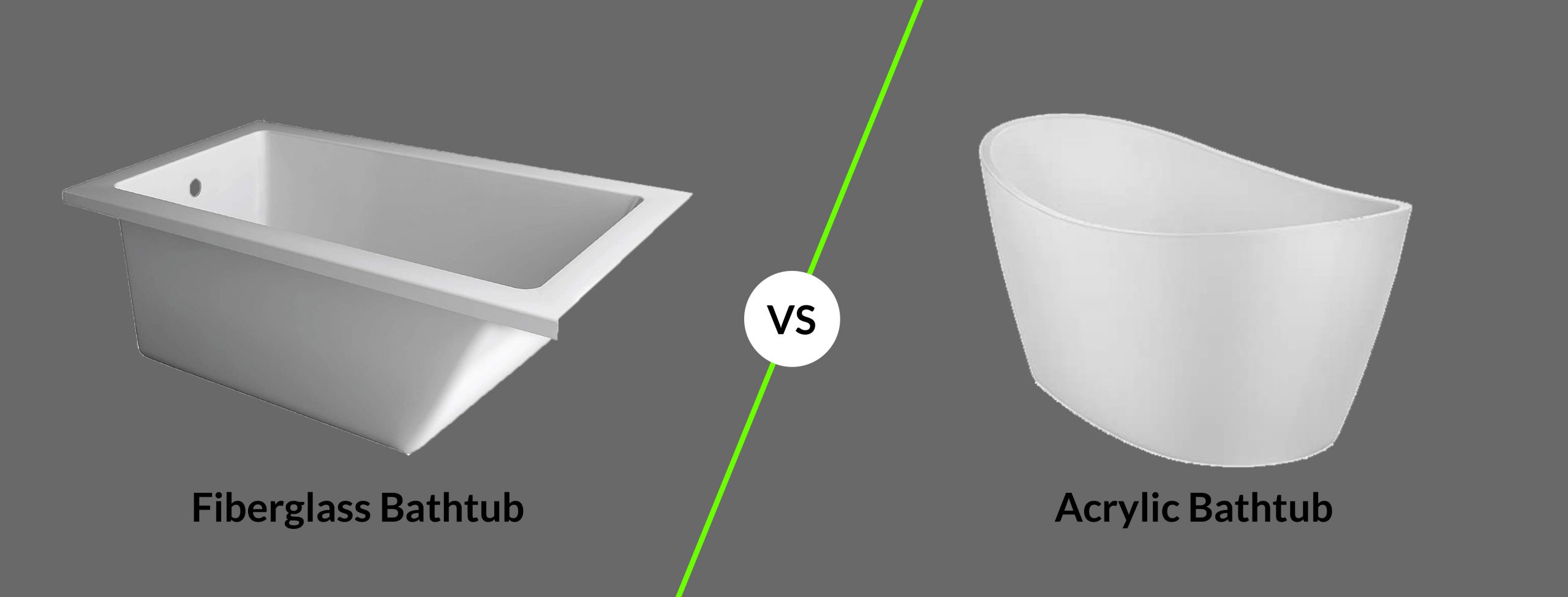
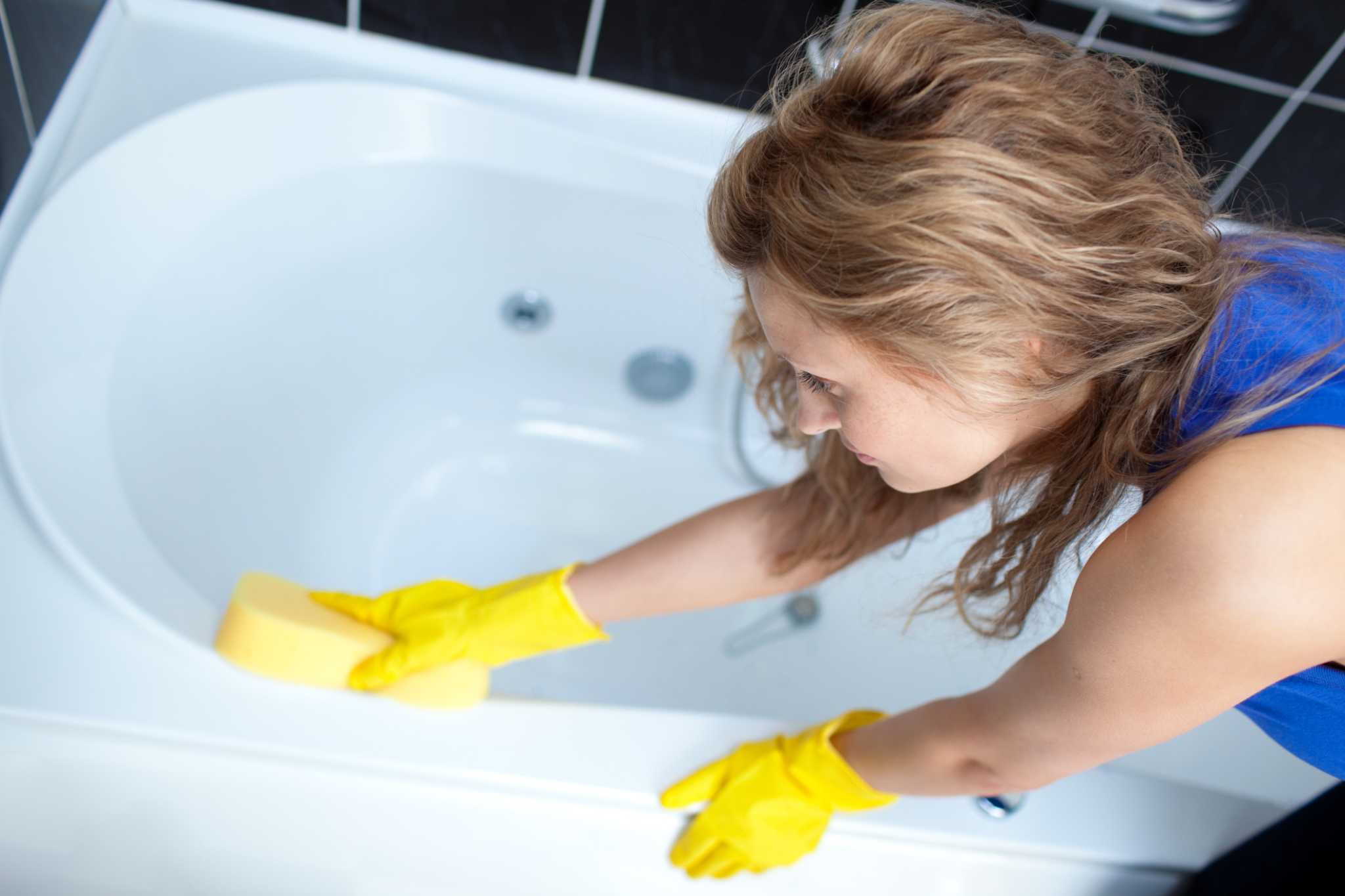



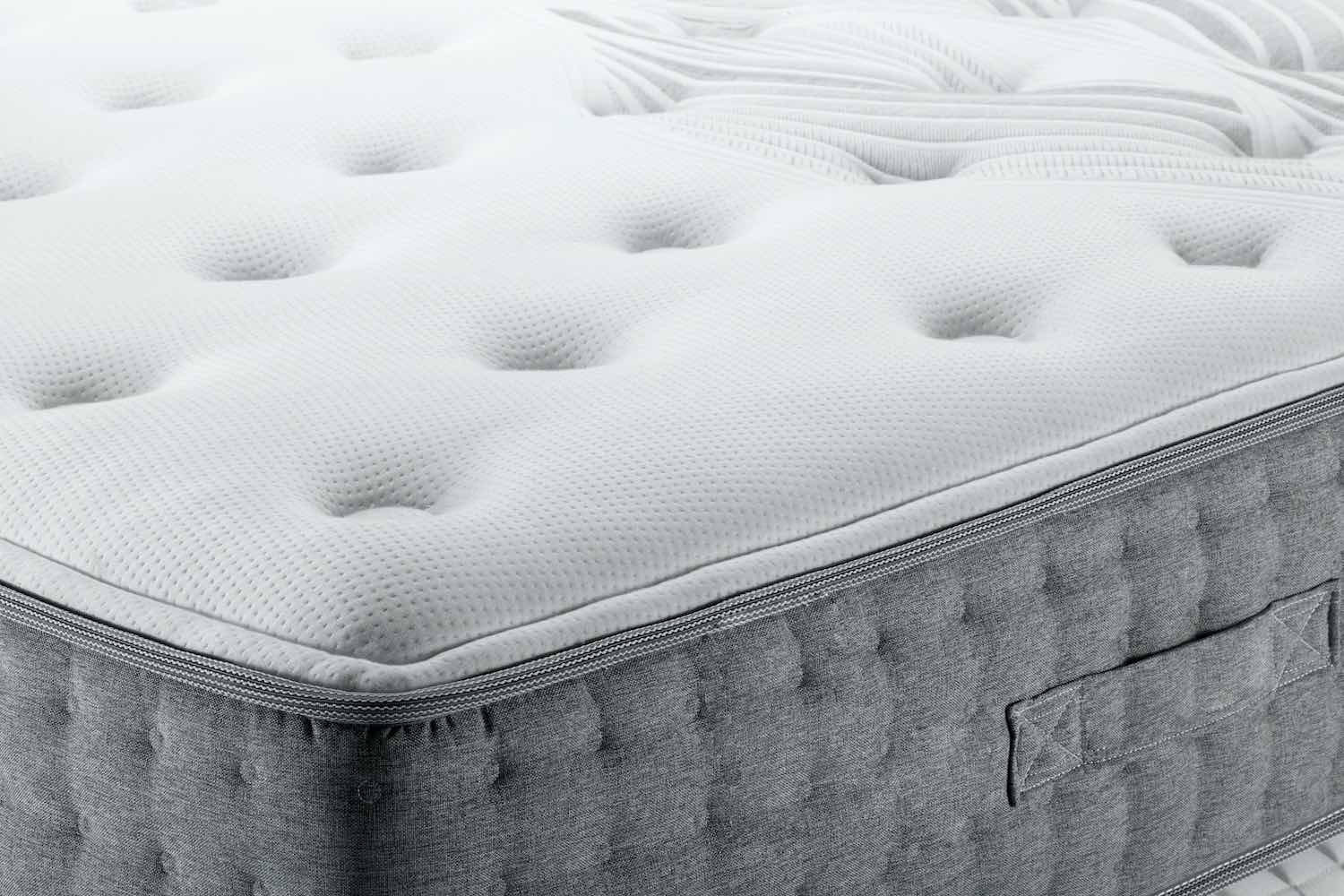
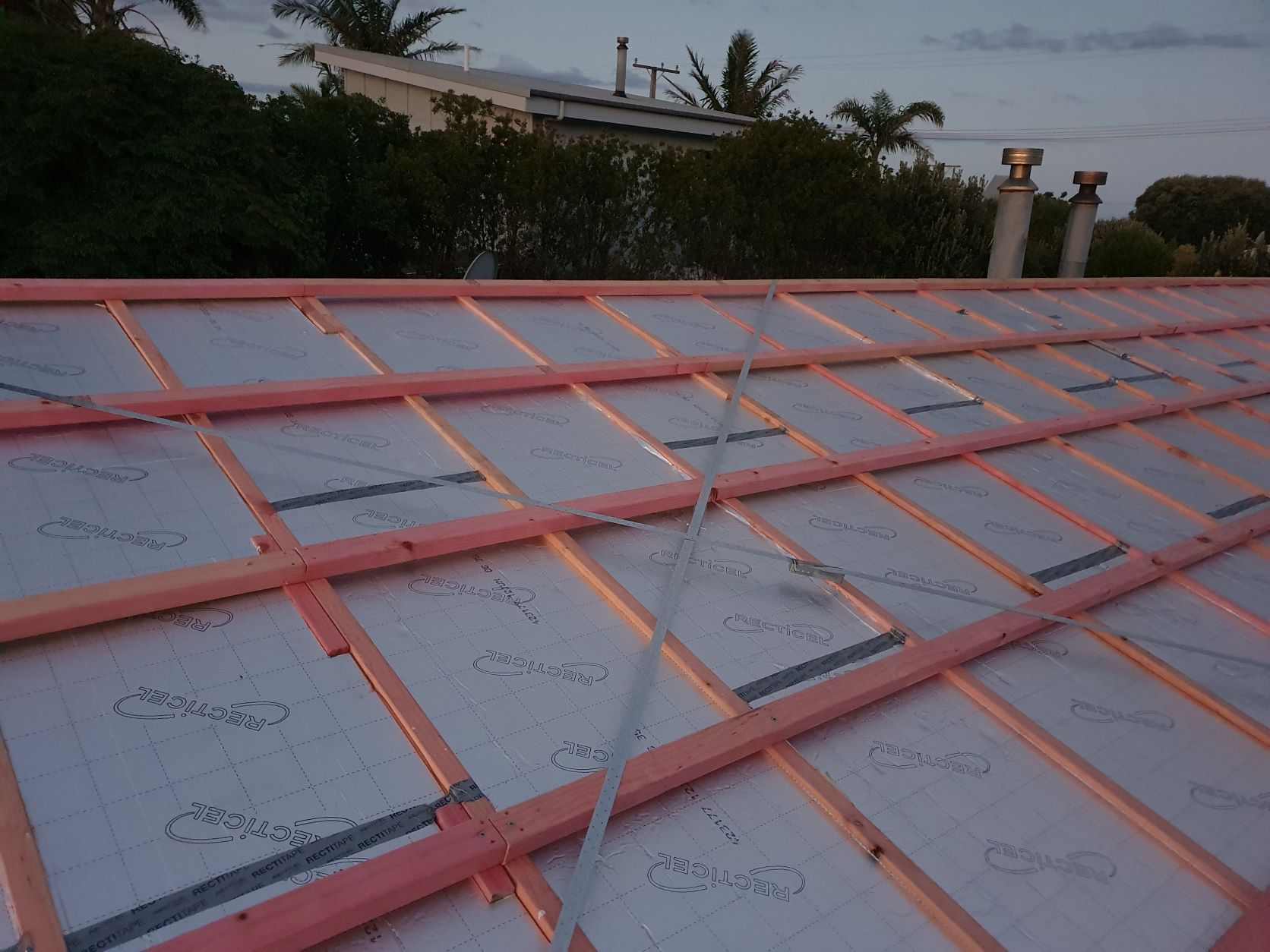
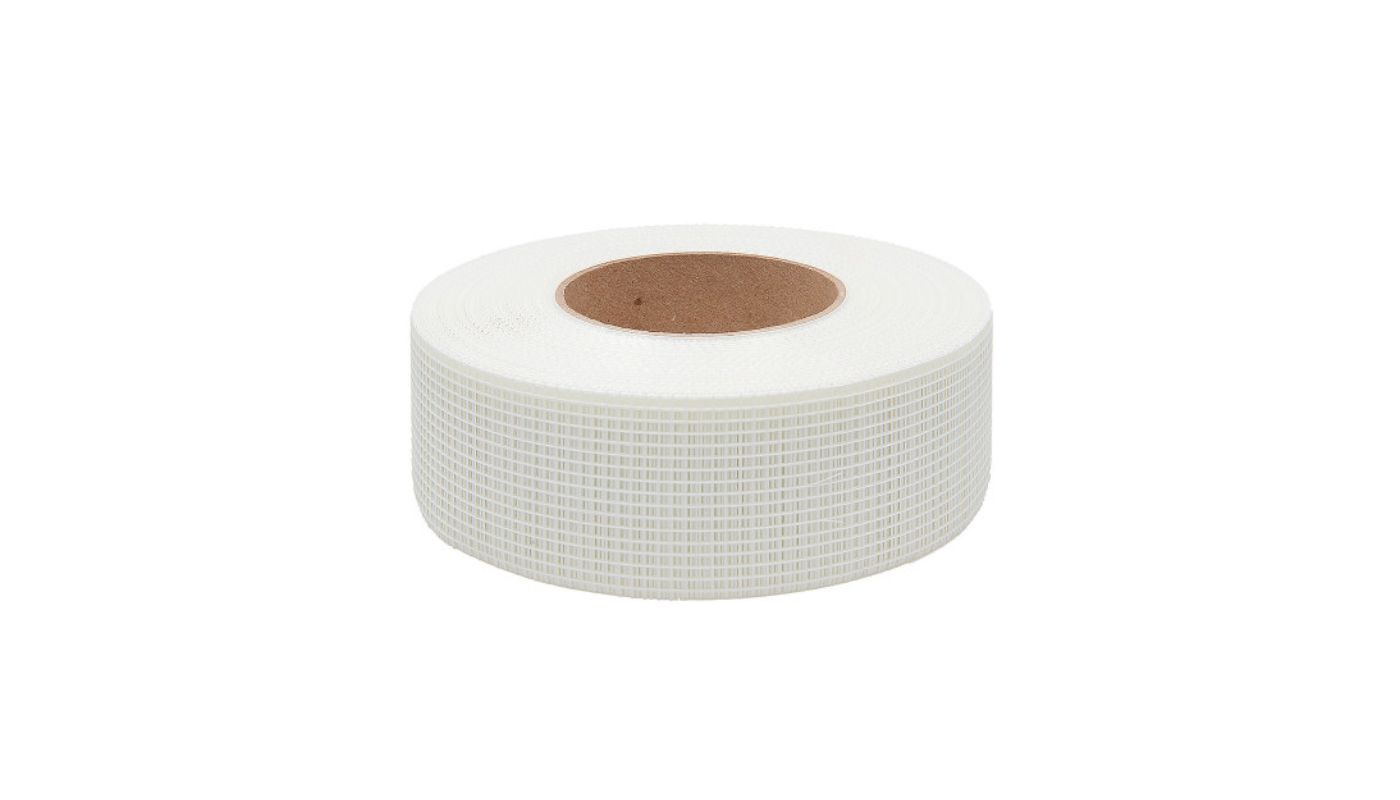
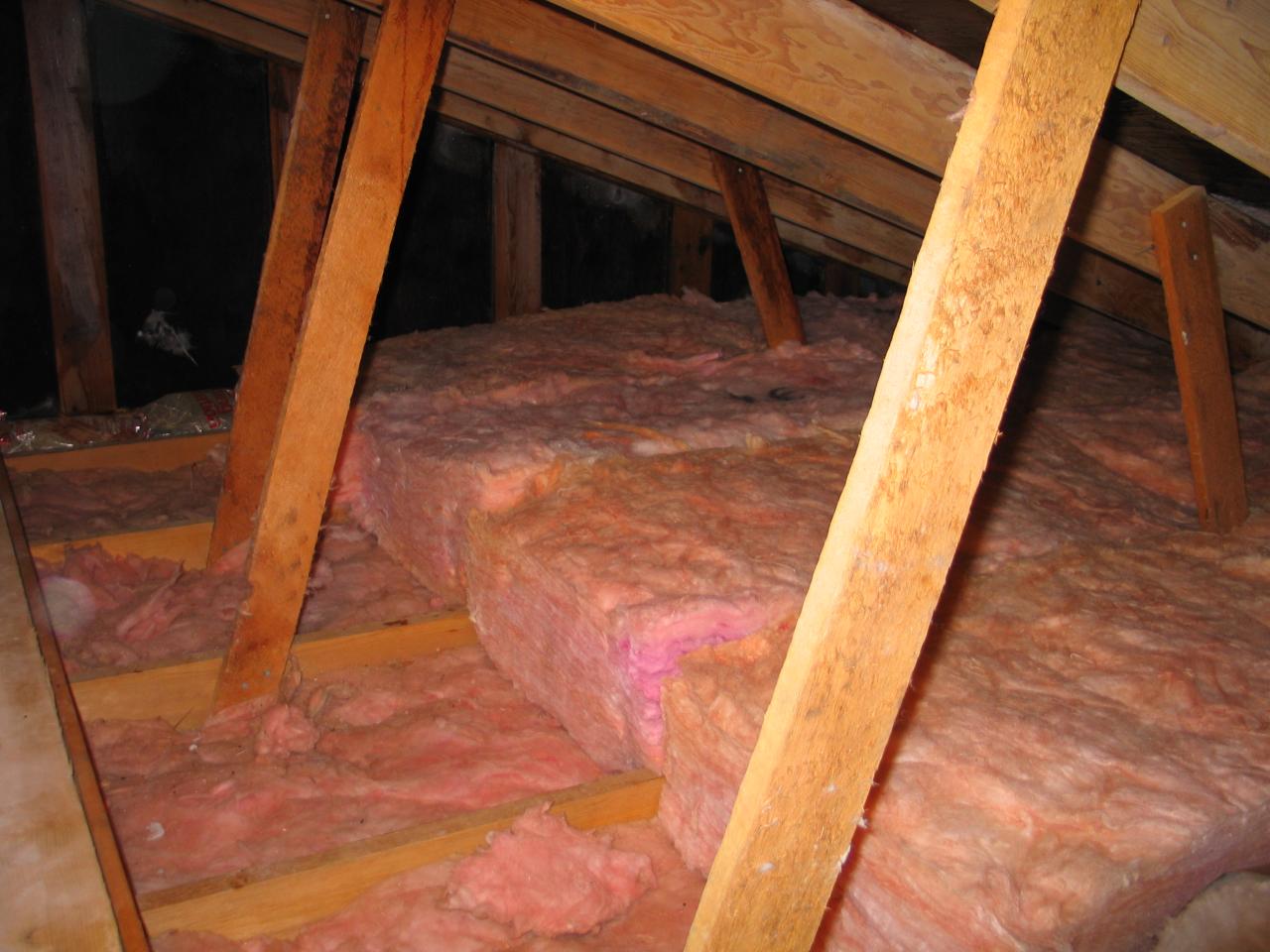

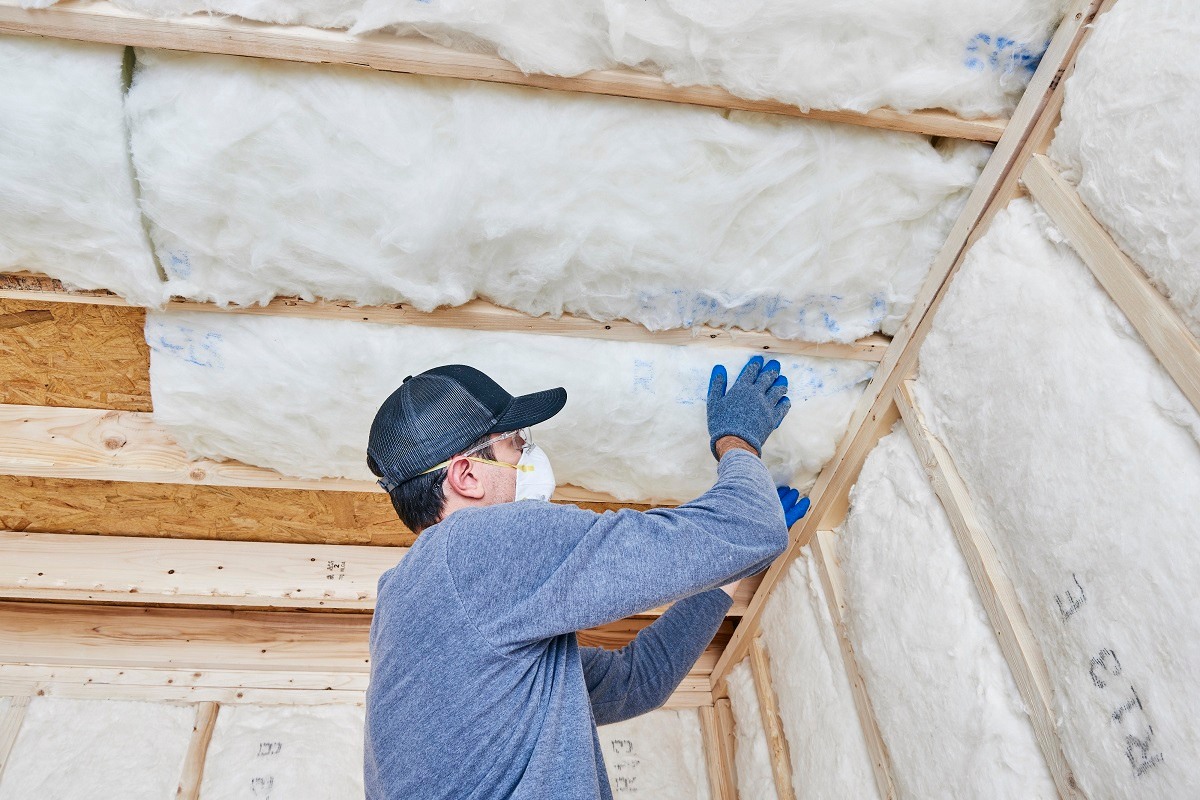


0 thoughts on “How To Support A Fiberglass Bathtub”